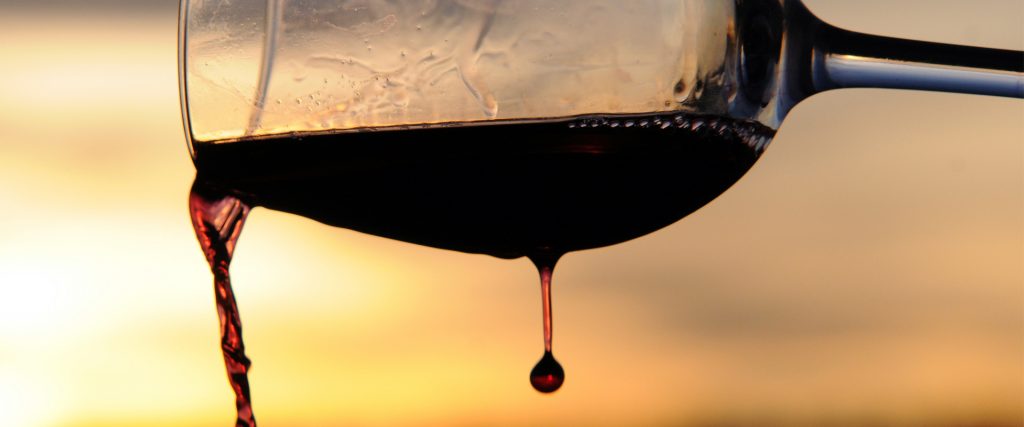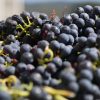There are a lot of very good Malbecs out there, but when you learn that a producer is working in a distinctive, unique way the temptation to immediately reach for a bottle is overwhelming.
Because of their relatively diminutive output, the trick for small producers is finding a niche in the market: they either need to be doing something different, or to be the best at what they do, drawing on the allure of originality and discovery.
But in addition to the magic they bring to the table, small producers are also a means of gauging the health of a market. The more good ones there are, the more likely it is that an industry’s output will be brimming over with creativity, adrenaline and stylistic renewal.
In a country like Argentina where the entrepreneurial spirit thrives – often by necessity – the group of small producers is sizeable, exciting and varied, ranging from investors making wine from recently rediscovered vineyards, to oenologists who decided to strike out on their own, from sommeliers cutting their teeth on the vines to wealthy pensioners using wine as a retirement plan.
Whatever the back story, Argentina boasts a whole host of small producers who are inventing and re-inventing wines. We list a few here.
GPS: small producers
Niven Wines. The creatively minded oenologist Lucas Niven makes wines in the Quebrada de Humahuaca, Gualtallary and the east of Mendoza. In addition to exploring the qualities of each vineyard, he focuses on challenging received wisdom by producing more delicate, smoother styles such as Pala Corazón, his iconic label.
Alma Gemela. The sommelier Mariana Onofri has restored and grafted an old vineyard in Lavalle, a warm area of Mendoza where she produces unusual varietals such as Teróldego, Carignan and Monastrell. Whether it’s a blend or a varietal, you know that with Alma Gemela you’re going to get something both surprising and rewarding.
Livverá. The oenologist Germán Massera uses grapes from the Uco Valley for his Livverá wines, which include rare varieties such as Bequignol, of which he is the largest producer in Argentina, and Malvasías. Exploiting a seam of rediscovered flavours, he is shifting the taste spectrum into thirst-quenching territory where freshness takes priority over structure.
Amar y Vivir. Matías Etchart makes wines from his own small vineyard in the Quebrada de San Lucas, in the Calchaquí Valleys. Both his classic varietals such as Malbec and Cabernet Sauvignon and his blends stand out for their intensity, precision and delicious flavours. This is the kind of producer who really, and masterfully, sees to every last detail.
Malpensado. Plenty of Argentine winemakers learned their trade overseas but not many specialized in sparkling wines. Constanza Gaitieri is an exception: she completed her training in Catalonia before returning to her native Mendoza and launching Malpensado, a line of auteur sparkling wines that soon won the respect and appreciation of colleagues and consumers alike.
Per Sé. This cult label was founded by David Bonomi and Edgadro del Popolo, whose mastery of grapes from Gualtallary results in a Malbec that essentially sets the benchmark for both the region and the variety. Unfortunately they never produce more than 6000 bottles of any one wine.
Desquiciado Wines. Combining the energy of youth with the talent of experienced oenologists, Desquiciado is run by Gonzalo Tamaggini and Martín Sesto who both have day jobs at other wineries. This project focuses on lighter reds founded in freshness. Start with their Malbec and go from there.
Pulso Wines. Julia Halupczok – the Chief Winemaker at Finca Sophenia – and Celina Fernández are two friends who met while studying Agricultural Engineering in Mendoza. In 2014 they decided to take the plunge and realize their dream of making their own wine. With great effort, the support of their loved ones, a family vineyard and just enough money to buy a few barrels, the debut edition of Pulso saw the light of day. The 2018 vintage, now available, is a massive step forward in terms of both volume and quality, furthering their mission to modernize the flavours of the Uco Valley.
Las Estelas. For just over two decades, Estela Perinetti was in charge of different labels for the Catena family, including CaRo, Luca and Escorihuela. Today she makes her own wines at the family vineyard of El Peral, Uco Valley. Her high end style remains faithful to the traditional flavours of the Mendoza terroir.
Agustín Lanús. The rare porteño (Buenos Aires native) on the Argentine wine scene, Agustín Lanús worked in Europe and America before settling in the Calchaquí Valleys, where he makes mostly reds grown in extreme climates. Sunal Malbec is a varietal that defines the new style for the valley.
Estancia Uspallata. Perched high up in the Mendozan Andes, Estancia Uspallata produces from 3 hectares of vineyards under the oversight of Alejandro Sejanovich, whose Malbec and Pinot Noir are especially noteworthy. The fact that the grapes were grown at 2000 metres above sea level lends them a uniquely delicate and fresh profile. The winery also produces sparkling wines.
Cara Sur. In the mountain valley of Calingasta, San Juan, Francisco Bugallo is working in partnership with Sebastián Zuccardi to put the location, and particularly the Criolla varieties they specialize in, on the map. Cara Sur Criolla is a leading light among Argentinian versions of the variety, providing a model for other small producers such as Alfil, who work in the same region, to follow.
Graffito. María Jimena López is am oenologist with 27 vintages under her belt. During that time she has worked for several leading wineries until in 2008 she left Norton to set up her own project: Graffito. Using grapes from an old vineyard in Perdriel, she produces a Malbec and Cabernet Franc that draw smiles of satisfaction with their precise, classic execution. She will shortly release a limited edition of 600 bottles of a red blend named Sólo una vez (Just This Once).
Paco Puga is an oenologist from San Juan based in the Calchaquí Valleys, where he runs El Porvenir. He began a solo project a few years ago that resulted in the iconic L’Amitié blend, a 70% Malbec from Cafayate and Tucumán, combined with Merlot and Cabernet Franc. Even though he only produces 4322 bottles of it, the red has established a new style for valley blends.



